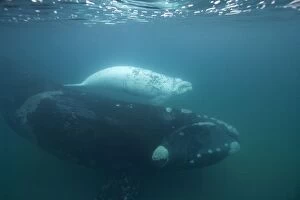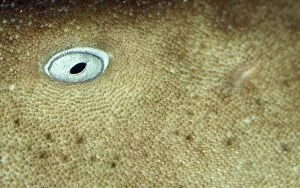Abnormality Collection (#4)
"Embracing the Unusual: A Glimpse into Nature's Abnormality" Step into a world where abnormality reigns supreme
For sale as Licensed Images
Choose your image, Select your licence and Download the media
"Embracing the Unusual: A Glimpse into Nature's Abnormality" Step into a world where abnormality reigns supreme, as we explore the fascinating realm of unique creatures and rare color phases. From the mesmerizing Colour Blindness Test to the enchanting Albino Ball Python found in Africa, prepare to be captivated by nature's extraordinary creations. Venturing further, we encounter an ethereal specimen known as the Axolotl - an albino marvel that defies expectations. Journeying across continents, we stumble upon another captivating creature - the Leopard Gecko with its striking Albino mutation originating from Middle East and India. Nature never ceases to amaze us with its surprises; behold the White-tailed Deer in New York, showcasing a rare white color phase resulting from double recessive white genes. These magnificent beings grace our forests and swamps, their presence unusually abundant. As we continue our exploration, a female albino Red Deer gracefully roams Dyrehaven Park in Copenhagen. Her alabaster coat stands out amidst her peers, reminding us of nature's diversity and beauty. The White-tailed Deer makes yet another appearance on this journey through abnormality. Found throughout North America and beyond, these majestic creatures thrive in forests and open brushy areas nearby. Their browsing habits encompass twigs, shrubs, fungi, and acorns - truly adaptable eaters. But wait. Amidst all this wonderment lies an unexpected sight – a four-legged chicken dashing through grass. This peculiar anomaly challenges conventional norms while leaving us awestruck at nature's whimsical sense of humor. Our expedition wouldn't be complete without encountering more albino wonders such as the Golden Burmese Python or even an Albino Rabbit. Each one showcases how genetic variations can create breathtaking deviations from what is considered "normal. " In Picture No.




